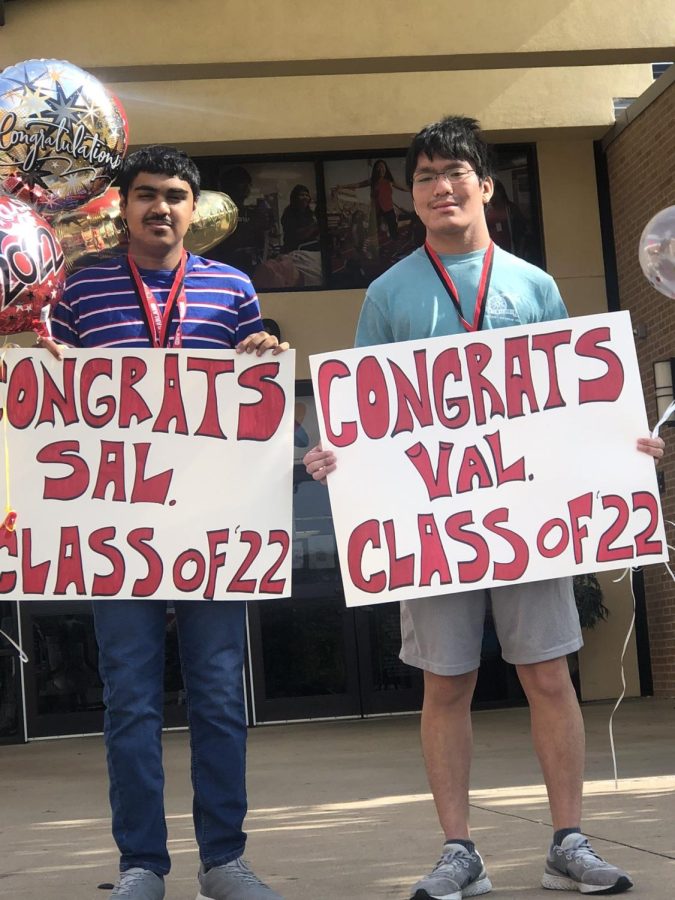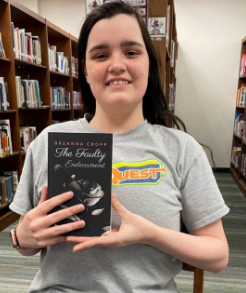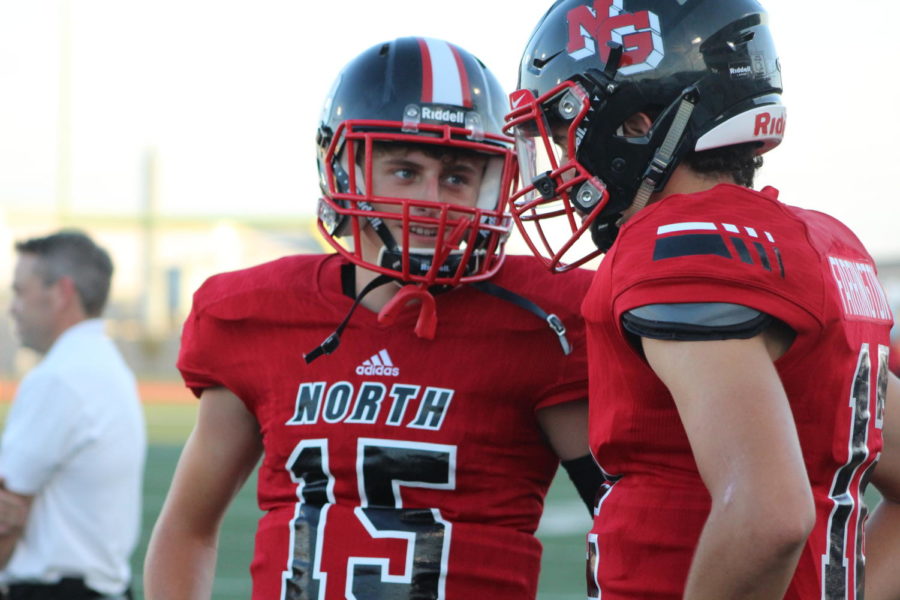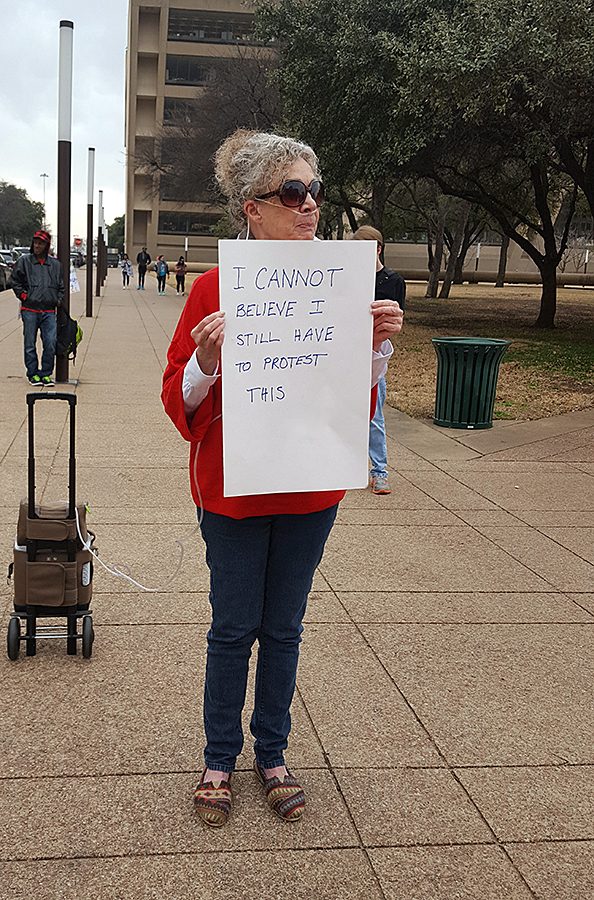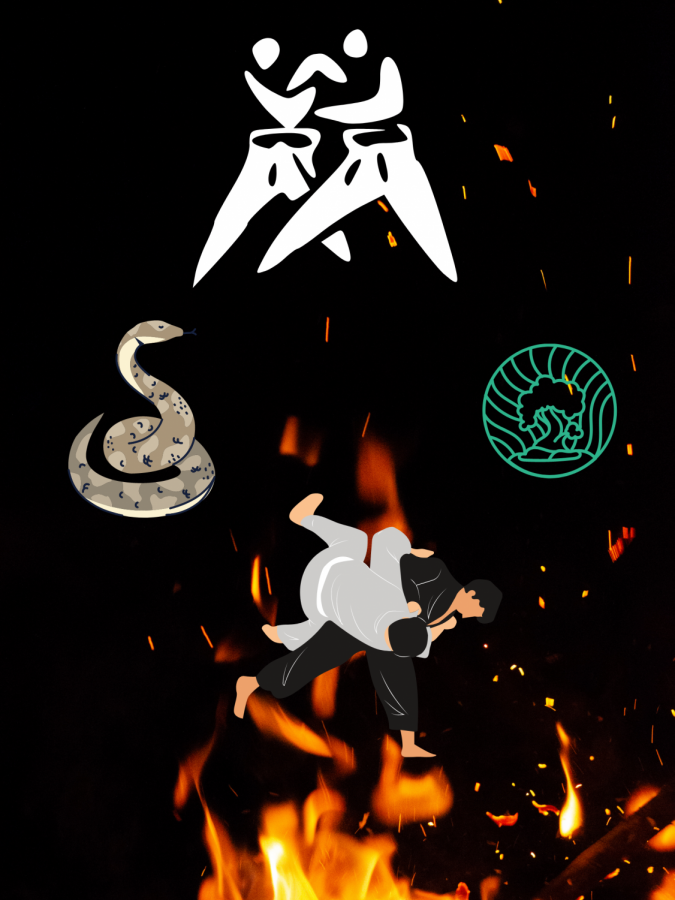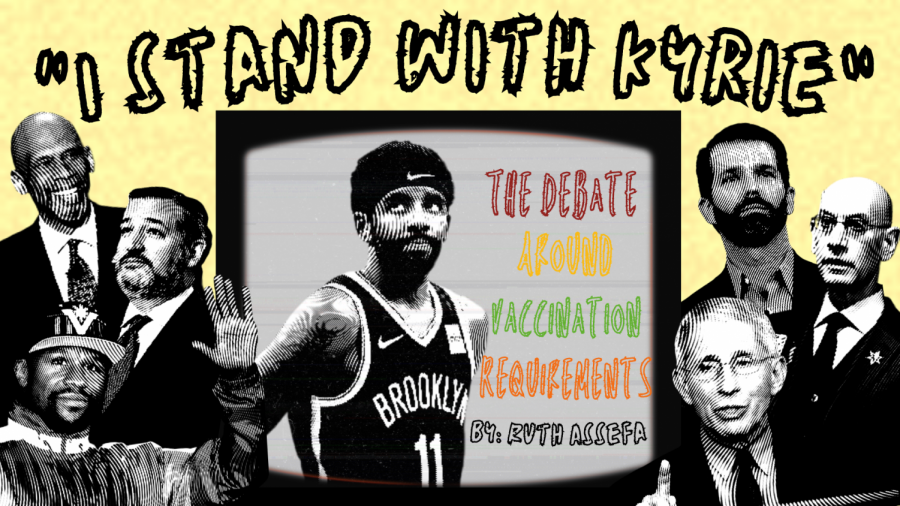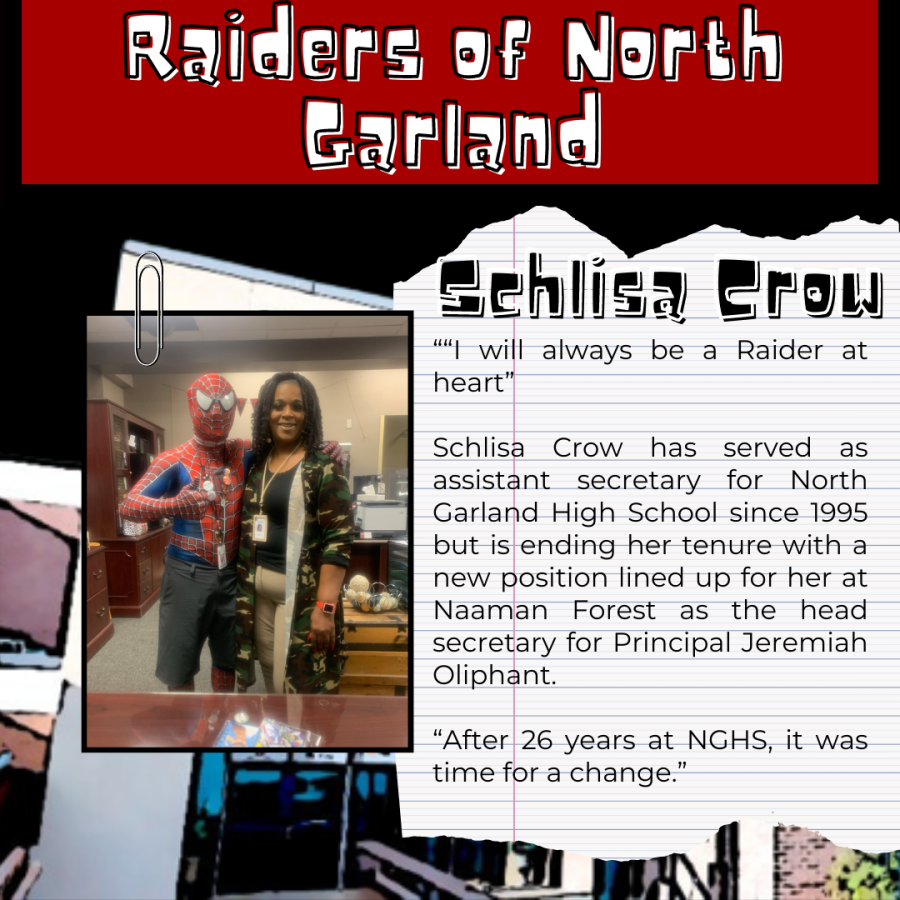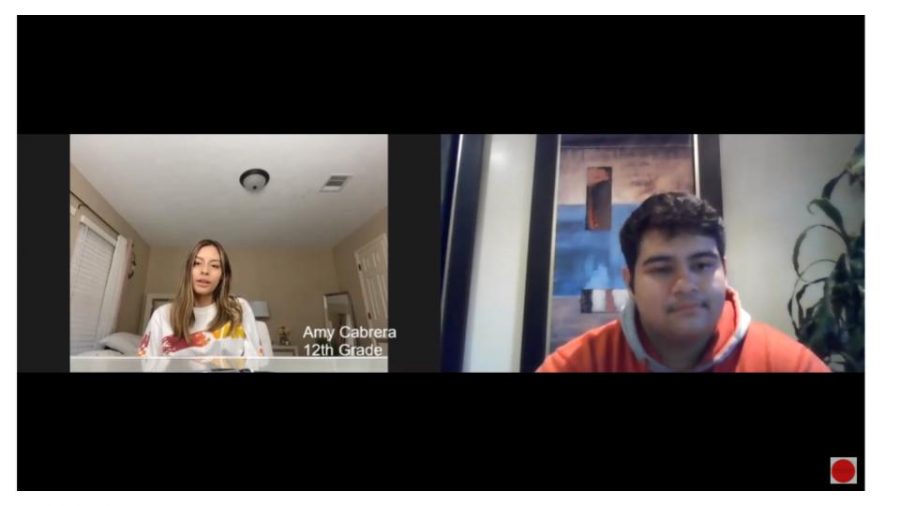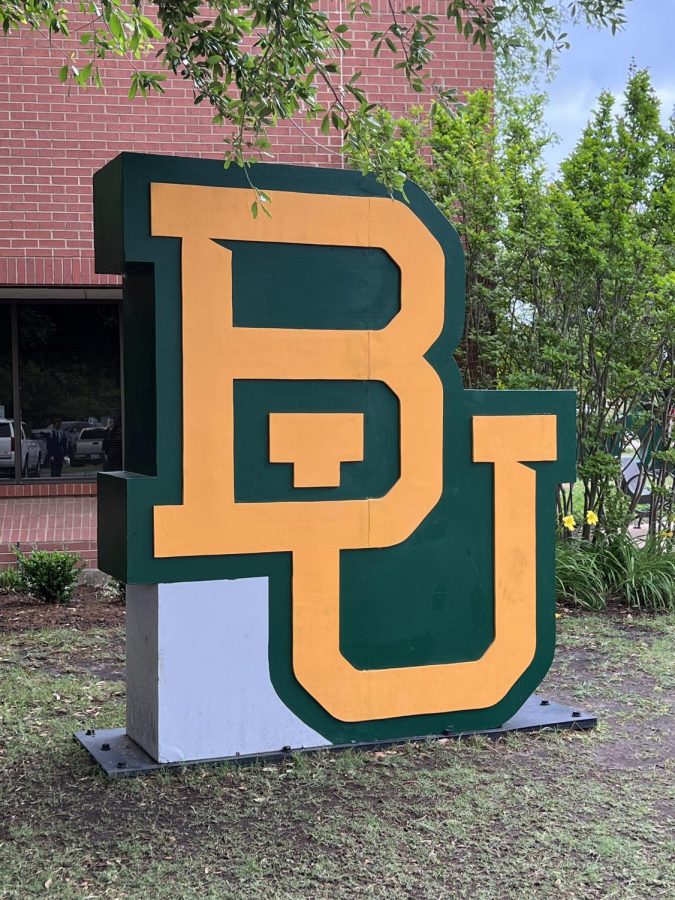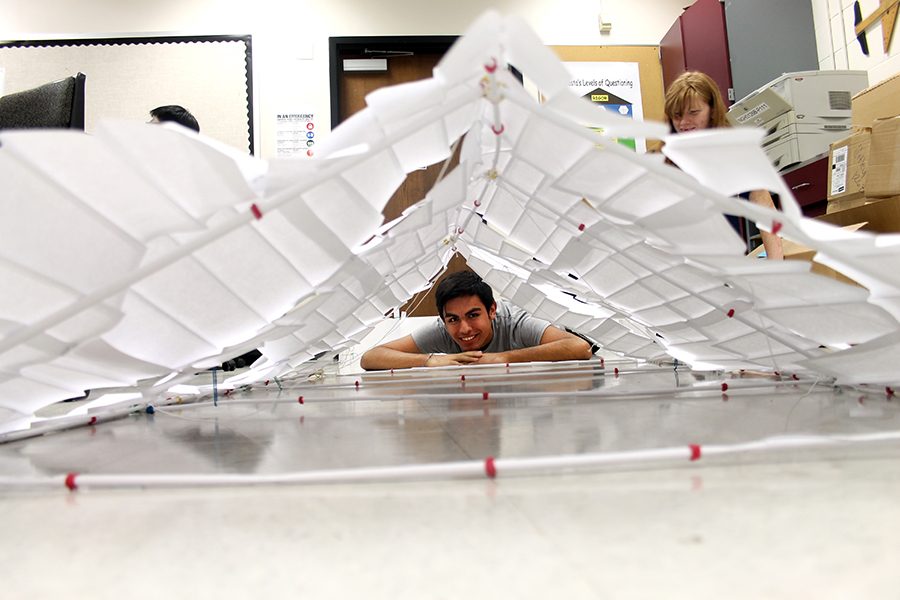Career, Technology Students Use Skills to Help Homeless
The technology education program has put together a project in which they will create units of shelter for homeless families to sleep in at night. Instructors expect 50 units to be completed by Dec. 16.
These units, or pods as the students call them, will be small, portable and lightweight. Print imaging and illustration instructor Ms. Judith Alx Eller has taken a lead on this project.
“We have a population in GISD of over 1,500 homeless students,” Eller said. “And that’s just the ones we know about. That’s just students. Students equal families, so if you look at that 1,500 student number, add a mom and a dad, add siblings and you’re going to see the amount continue to grow farther than just that statistic.”
Eller and the other technology education teachers initially came up with the project while brainstorming for a community service project for students in SkillsUSA, a national organization that promotes a skilled workforce.
“Down here in the career-tech area we are always thinking of how we can do cross-curricular projects with all of our students,” Eller said. “In the real world, you’re not working by yourself. You’re working in teams and are part of a bigger picture. So, as a part of our programs, we try to throw students into unfamiliar water a lot.”
The students and teachers have teamed up with The Matthew 25:40 Project, an organization in Garland that provides food, toiletries and shelter to the homeless.
“They’re advocates for the homeless community,” Eller said. “A lot of communities don’t want to admit there is a homeless population. They want to be able to go, ‘Oh, we don’t really have homeless people’ and hide it.”
Manufacturing teacher Sean Denny said that the pods are much more convenient than a tent or other large shelter, which attract more attention.
“They’ll get arrested, they’ll get stopped, so if we can do something humanitarian that says, ‘Hey, if we build this and design it in such a way that they can pack it up in a backpack and carry it with them or put it in the cart they’re pulling or whatever, then it won’t be as noticeable,” Denny said.
After the teachers shared their idea, Eller said students were ecstatic and started to contribute multiple ideas.
“All of them thought it was a cool idea,” Eller said. “Then, we were like ‘Okay, now the ball’s in y’all’s court. We’ve come up with this abstract idea, here’s the parameters, go!’”
Eller and the rest of the technology education teachers have split the project into several parts.
“There’s a lot of different pieces and parts to this,” Eller said. “We’ve split off the project into multiple aspects that focus on each one of the involved teachers’ concentrations. The architecture, manufacturing and robotics students are focusing on the physical pods, while the graphic design and imaging students are focusing on stuff like visual directions and awareness posters.”
The pods must fit the parameters of about 3 feet by 6 feet and be able to attach to one another.
“They have to be mobile,” Eller said. “If there is a homeless mom, and she has a 3-year-old child, she doesn’t want to put that child in their own unit so we need to create the possibility of creating a group of pods that could attach to one another that one family can live in.”
The pods also need to cost less than $100 each and fit into a bag or backpack.
“[The pods] have to fold down to fit into some kind of a carrying apparatus,” Eller said. “However, if we go out and we purchase backpacks, then the money we spend on the backpacks will take away from the materials we can use or the amount of shelters we can make. So, the students are also looking at the idea that maybe the materials that [the pods] are created with can form some kind of carrying bag.”
The pods have to be created of weather-resistant materials and be durable, while remaining lightweight and low-profile.
“[Tents] rip easily, they fall apart, and they’re very noticeable and bright, so they can’t stay as hidden,” Denny said.
A carrying apparatus not only helps with mobility, but also keeps the homeless person from being vulnerable to people who might want to harm them.
“It has to be something they can put together really quick [and] something they can take apart real quick and take wherever they go, while also being able to last longer than a tent would,” Denny said.
Visual directions must be created so the pods can be put together by anyone, young or old, literate or illiterate.
“Not all of our homeless people speak and read English,” Eller said. “Not all of them are literate, so directions have to be visual. We want anybody to be able to use and put together these pods.”
As of November, students have gone through a design process and created small models of their units.
“[The other teachers and I looked] at these models and [chose] one that fit all of our parameters the best,” Eller said. “They have to be lightweight, less than 20 pounds, so they can be carried. After we choose one, [we will give] them the materials to make a larger unit to see how easy they are to set up, how mobile they are, how they used their materials to make a bag they can carry it in. [Then] we’ll perfect it the best we can and send it out to be mass produced.”
The design that was chosen resembles a dome made of polyvinyl chloride (PVC) pipes.
“That stuff will just come apart and [be] easily put in a backpack or another bag,” Denny said. “We’re pretty much going to stick a cord through it so you can easily pull it apart and put it back together.”
Imaging and graphic design students are designing a can-sign illustrating the life of a homeless student and the hardships they face every single day. A can-sign is an extended 3D sign with a lighted inside and an outer plastic sheet seen on storefronts.
“We’ll have a visual in the front of it,” Eller said. “It will start out dark, at dusk, and you see a progression of their day. Where are they sleeping? Where do they change clothes? How do they shower? How do they brush their teeth? Then it goes from there to getting to school. Then after school where do they go? Where do they sleep? How do they eat? How do they study?”
The can-sign is planned to have a unique lighting design with the help of electrical trade and robotics students.
“[It will be] a type of sun effect where it would start off dark and then goes lighter, then bright during the midday, and starts going back to dawn,” Eller said. “So we have this dusk to dawn visual of a homeless student’s life.”
Instructors plan to extend upon the initial 50 pods and make the project ongoing.
“This is our first go-around,” Eller said. “I would love to see it extend next year to where we can broaden and do more. Take the shelters that we’ve created [and] improve on them, because in the first go-around there is always a possible improvement, somehow, someway. There’s always room for improvement.”
Denny hopes that with this project, they will raise awareness of the homeless population in Garland and surrounding areas.
“In reality, there are homeless people, we can’t do away with that,” Denny said. “It’s unseen. When you walk up and down the street, you probably won’t see a homeless person, because they tend to hide.”
Eller believes the pods are valuable to the homeless far more than just their use for shelter.
“Just having a tarp over a tree can give [someone] shelter,” Eller said. “[The pods] give that homeless person a sense that they are not alone. There are people out there that care.”
Denny said that this project goes past a normal building project.
“It’s not a project you make and just take home and say ‘Look what I made, Mom,’” Denny said. “It has a real-world humanitarian purpose. It’s not just about learning how to build.”
Besides gaining hands-on work experience, Eller said she hopes students learn one thing over everything else: empathy.
“This is more like a second-year college project, so the knowledge they’ll gain is remarkable,” Eller said. “However, [I want them to be] able to put themselves in somebody else’s shoes [and] understand that the things they have can be taken away in a moment’s notice and it will all fall down to your basic necessities of life: food, shelter, clothing and water.”
Denny believes that the project speaks to this generation of high school students as a whole.
“Whatever you guys are, you’re not millennials,” Denny said. “I don’t know if you’ve named yourselves yet, but what I’ve found true about your generation is that you are not motivated solely for your own good. I mean that’s still important, but a lot of things you guys want to know about the things you do is how what you guys are doing helps other people. You guys are really major about how what you do is for the betterment of others. I think that’s awesome.”

